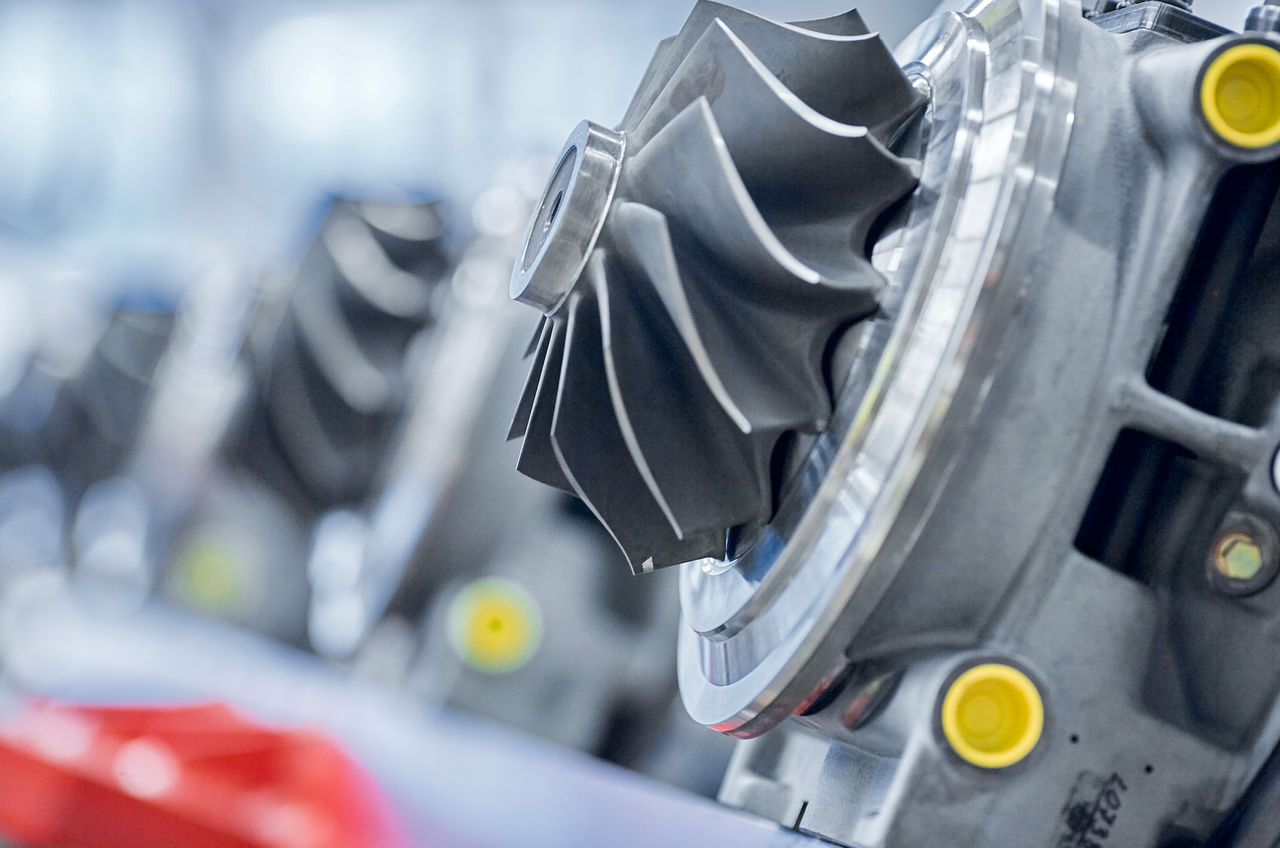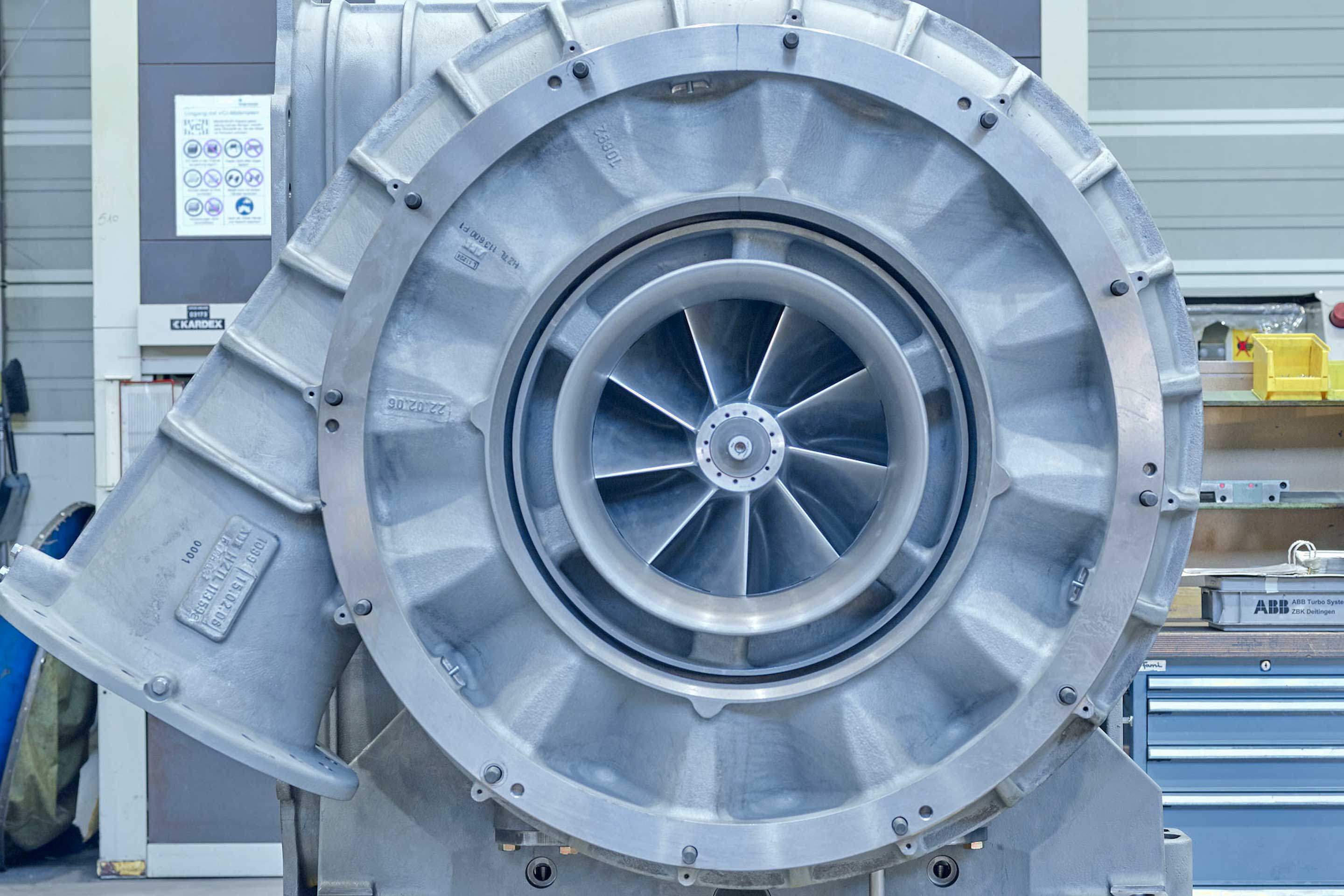As soon as some of history’s greatest inventors and engineers turned the internal combustion engine from concept to reality, and began chasing even greater efficiency by switching from spark-ignited gasoline and gas engines to compression-ignition with Diesel, it wouldn’t be long before further improvements were considered.
Both types of internal combustion engine have endured and thrived to this day, and they offer advantages and disadvantages depending on application, but both could be improved with better performance, efficiency and emissions.
Spark-ignited engines have become more widespread, used as solutions for small garden tools, motorcycles and the automotive industry. Meanwhile, Diesel has become more commonly used in larger machines and applications, from working or agricultural equipment to very large tankers and container ships.
Today, both spark and compression-ignited engines are cleaner than ever before, and when burning hydrogen (as Isaac de Rivaz and Etienne Lenoir already experienced during the 19th century) emit little more than pure water as exhaust gas.
In parallel to the development of reciprocating (piston) engines, we’ve also seen huge progress on rotary engines, turboshafts and turbojets, pulsejets, ramjets and other rocket engines, and all of them are also internal combustion engines. Delving into the history of those would require an entirely new series of articles, so for now, let’s continue to focus on reciprocating engines.
A series of developments would help the reciprocating internal combustion engine to evolve from the inefficient prototype engines seen in the early days, to the solutions found today, which still have the potential to compete with the current fuel-cells. These developments include:
- Supercharging and Turbocharging
Increasing power density and efficiency - Mechanical and material improvements
Improving power density through higher engine speed and/or pressures - Injection and combustion
Improving power density, efficiency and emissions - Fuel development
Resulting in higher possible compression ratios (gasoline octane number) and improved emissions (Diesel) - Exhaust after-treatment
Reducing emissions toward nearly zero
Introducing supercharging
One of the biggest developments we’ve seen to the internal combustion engine is the introduction of forced air induction. The power of an engine depends on the fuel quantity which can be burnt and so, the admitted air mass. For a given engine configuration and speed, the only way to increase its air mass flow is to artificially force a higher density into the air receiver, where the cylinders breath.
The most direct way is to increase the intake pressure using a driven compressor, implemented between the air filter and the engine manifold. The compressor vacuums air (or sometimes, the air fuel mixture) from the ambient side and compresses it above the atmospheric pressure. The engine becomes able to get higher air mass and fuel than its ‘naturally aspirated’ version, and so is called ‘supercharged’.
Gottlieb Daimler is credited with a patent for a forced induction system in 1885. It’s related to the ‘Grandfather Clock’ engine, the first engine based on the Otto’s principle able to run at 650 rpm. The engine is said to use a valve in the piston bottom that transfers the charge into the cylinder to deliver a greater volume. Daimler’s initial idea was to compensate the overly small intake and exhaust valves that were feasible at the time to increase load and speed. But due to problems on the transfer piston bottom valve, Daimler had to abandon the idea.
In February 1896, only three years after the date of his major invention, Rudolf Diesel already considered supercharging his third prototype, using the bottom side of the piston in a similar way to Daimler. Diesel understood very early on that his engine would be a good candidate for supercharging, but after initial tests, he pushed the idea to the side because of a negative effect on efficiency due to the size of the intake valve and downstream plenum.
And after that, in 1902, Louis Renault patented a compression machine inserted within the intake path. He also introduced the idea of a turbomachine for supercharging, by mentioning a ventilator or small compressor that was driven mechanically…
Meanwhile, the concept of turbocharging was born
Around the same time, the young Alfred Büchi, an engineering alumni of the Federal Polytechnic Institute (now ETH) in Zürich, developed the concept of improving internal combustion engine efficiency by reducing exhaust losses. Büchi patented a ‘highly supercharged compound engine’ in 1905, describing an axial compressor, a radial piston engine and an axial turbine on a same shaft. The idea of using turbomachinery to recover exhaust energy to drive the supercharging compressor was born.
 An ABB turbocharger turbine wheel
An ABB turbocharger turbine wheel
Even if the materials and fuels were still not mature enough, and the configuration would evolve throughout the century, Büchi can very much be credited as the original inventor of the turbocharger. By then considered a supercharging expert, Büchi was appointed as head of the Diesel research group at Sulzer in 1909.
Further work conducted by Büchi at Sulzer eventually led to the invention of the definitive configuration of the turbocharger: the freewheeling rotor. That resulted in a turbocharger mechanically independent from the engine, making it lighter, simpler, more efficient and cheaper, mainly due to the absence of complex gear train.
The turbocharger in its definitive form had been created, but it would still have to wait still a couple of years before being put to use. The third inventive step made by Büchi was his ‘scavenging patent’ in 1925.
This patent is considered as his biggest success, since it made Büchi world-famous and laid the foundation of the future development of turbocharging. The principle is to connect each turbine entry to cylinders which don’t negatively interact together during the scavenging process, enabling each cylinder to breath more air for a given intake receiver pressure. This system is still used today in automotive and large engine fields, under the name of ‘pulse turbocharging’ (‘twin-scroll turbo’ in automotive).
Forced induction would see plenty of further big advances over the following decades, with more than a little innovation from ABB Turbocharging, but that’s a topic we’ll cover in the next installment.


